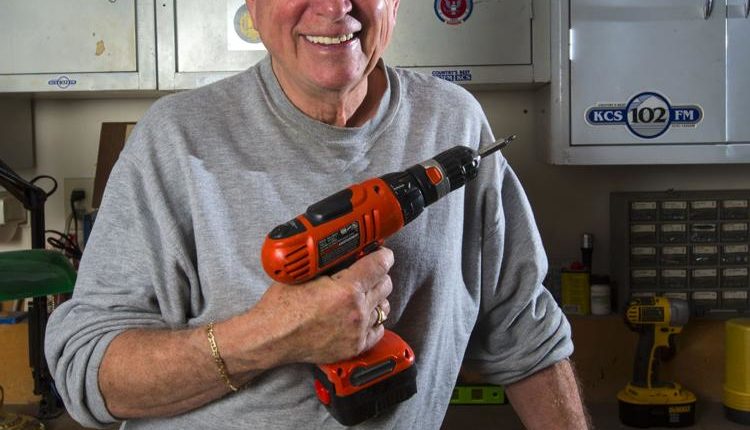Dear Ken: What is your opinion of professional air duct cleaning? A local company is guaranteeing that the cleaning will reduce duct leakage to less than 5% and back their word with a 10-year performance guarantee. It’s a lot — about $2,500. Is this necessary and does this deal sound legit? Our home was built in 1963. — Phyllis
Answer: It sounds like they are trying to sell you a combination of regular duct cleaning plus duct sealing. This process uses a spray-in chemical that seeks out leaks in the ductwork and seals them with a plastic-like material; it’s a nontoxic polymer, similar to hairspray. Trouble is it’s pretty expensive, as you indicate. In most homes it’s not necessary, because if you think about it, heating or cooling air leaking out of the seams in your ductwork stays inside the energy envelope of the house. It can sometimes be helpful in rooms where the air flow is minimal, but those instances are fairly rare; I would skip this
Duct cleaning itself is sometimes oversold. You can check whether you need it yourself with a swivel mirror and bright flashlight or even your cell phone. After dark, look down the tubular ducts through several floor registers. But be careful; there a lot of sharp screws in there. If you see nothing but smooth metal — which is almost always the case — then I would not pay for duct cleaning.
Nonetheless, in older houses sometimes there’s a layer of dust and crud that accumulates — especially in those houses where the furnace filters haven’t been changed very often, if at all. In those cases, duct cleaning can be helpful; I would get a referral from your regular furnace contractor.
One of the sales pitches these folks use with buyers of brand-new homes is that there is all kinds of junk and crud trash left in the ducts after construction. This is also pretty rare, since heating contractors are scrupulous about using a shop vac just before closing to make sure they are free of debris. But when you do the builder’s walk-through on your new home, it’s a good idea to remove two or three heat vents and check for yourself — visually and with your fingers.
Dear Ken: I caught the tail end of a conversation you had on the radio about tree roots in sewers. We have the same problem and have been told it will cost $8,000 to replace the line. Is that what we should do? — Robert
Answer: I would love to know what the TV camera showed in your line. Is it just roots or a cracked or collapsed pipe?
Many people consider tree/sewer troubles to be quite normal in an older home — no less unexpected than creaky floors or cracked plaster.
Nowadays, of course, we use continuous plastic sewer pipe with glued joints, but up until about 45 years ago, tile or cast iron pipe that had joints connecting the pieces together was common. Roots eventually work their way into the joints between pipes.
Usually a once- or twice-a-year reaming out with a sewer machine is sufficient. Think how many rooter visits you could pay for with $8,000! So, I’d leave the system alone for now. While they are there, the sewer company can also inject a foaming chemical that will discourage root formation for many months.
But if the pipe is actually breached, you have a decision to make whether or not to dig up the entire line, or just the portion where the break is. The isolated dig will, of course, save money and will be much less disruptive to your precious landscaping.
Finally, there are several trenchless systems you should check out. The simplest ones use a plastic sleeve inserted inside the pipe, which is then cured with hot steam. It then basically becomes a pipe-inside-a-pipe and works well for repairing isolated breaks and gaps.
Dear Ken: When I use my phone by my bed, I can hear other voices. This is not a walk-around phone but one with a wire. What’s going on? — Barb
Answer: I had the same problem in the past with my regular land line, and I eventually traced it to a nearby radio station transmitter. But first, try to figure out whether the voice is simply another phone conversation bleeding into your line. This is sometimes called “cross talk” and is easy for the phone company to solve by changing the pair of wires that serves your house.
Otherwise, let’s assume radio interference. There are towers on Cheyenne Mountain that broadcast most of the FM and all of the TV signals in town plus a multitude of shortwave services. Although mine was AM radio interference, this is a theory worth checking out.
Sometimes, simply swapping phone sets from one room to another can help. You can also use a different pair of wires to serve that room. There are at least two sets inside your walls, and one is probably unused.
Source: https://bit.ly/2IX5Qz2





Recent Comments